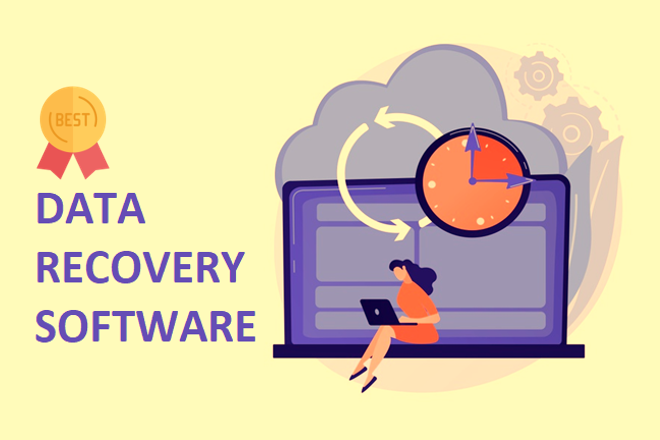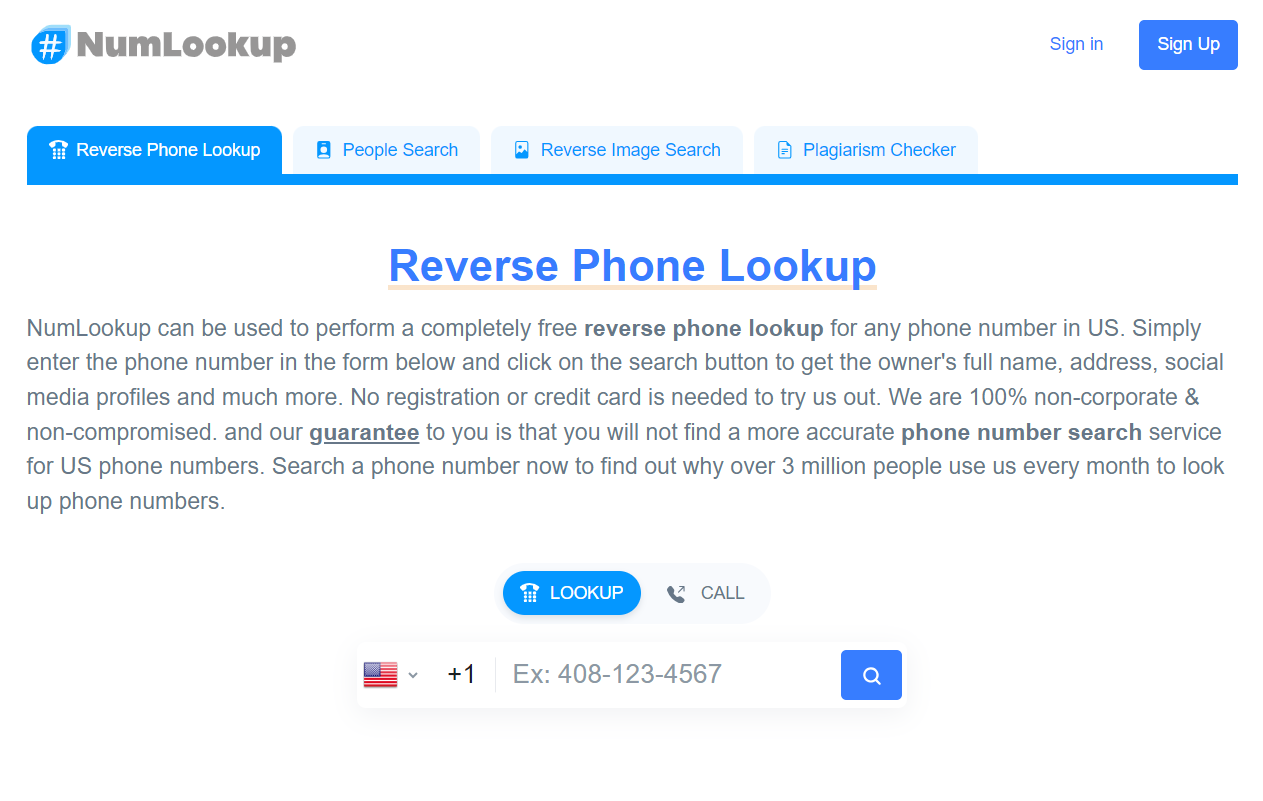Are you a startup owner worried about software to develop iOS applications? Know that you are not alone. Increasing competitiveness today is compelling business owners to develop an application. Well-designed and executed applications might give your businesses an edge over the competition. No matter your business size, an iOS app can certainly be advantageous.
Apple is known to impose numerous limitations on the process of app development. This makes it challenging for even an iOS development company. But with time, things are getting better. Apple has brought forward certain iOS app development tools that can make it easier for programmers to develop applications.
Great thanks to all those technologies that have made developers’ lives easy. Hire iOS app developers with knowledge of past and current technologies for proficient results. We are introducing the best iOS app development software to help developers. These tools help developers create user-friendly and multifunctional apps.
What is iOS App Development?
Developing applications for Apple devices like iPhone, iPod Touch and iPad is known as iOS app development. At first, the iOS App Development Company will write it in languages like Swift or C and then deploy it on the App Store. Later it will be available on the App Store for users. A mobile developer cannot develop an application for iOS.
Each developer from an iOS development company should have Mac computer access. You are already aware that Macs are costlier than Windows. Developing and making a mobile application available on the App Store is a tough process. Before a developer makes it available, it is strictly checked. If staff in your office is dependent on Apple products, it can be a compelling reason for iOS application development.
To develop your first iOS application, you must hire iOS developers individually or even contact an iOS app development company. A developer will create an application that runs on every device powered by Apple’s operating system. A proficient iOS developer should be comfortable with Swift and Objective-C programming languages. Before you hand over your app development project, know about leading iOS app development service providers.
Key Features to Look for in iOS App Development Software
Learning what makes a good iOS development platform should happen before looking at the top tools. The most important things to watch for are these:
- Ease of Use: An interface that is simple to use can make it much easier for people to get started.
- Language Support: Look for compatibility with Swift, Objective-C, or other preferred languages.
- Cross-Platform Capabilities: If you want to develop for both iOS and Android, cross-platform support is essential.
- Testing and Debugging Tools: Built-in simulators and debugging features are crucial for smooth development.
- Performance Optimization: Using these tools helps you improve the performance of your code and makes using your site better for visitors.
- Community and Support: Access to a strong community and good documentation is vital, especially for beginners.
- Cost and Licensing: Consider whether the tool offers a free version or trial to test its capabilities.
Top 11 iOS App Development Software for Your First iOS App
Below are some of the best iOS app development software that provides a platform for developers to make use of their creativity and develop interactive and user-friendly apps. It also allows them to make use of various tools that enable them to create apps faster.
Xcode (Apple)
Xcode can be a great choice if you are searching for fast and reliable iOS app development software. This software has an environment developed by Apple that can develop apps compatible with Mac and iOS. It can be employed as a graphical tool to develop iOS apps.
This tool will help develop the best applications that support all Apple products. An iOS development company can write and debug iOS apps through this software. It possesses compilers, iOS SDK and tools that developers need.
Xcode can be useful in maintaining workflow. It can help design, create, test, deploy and publish apps in one place. You need to hire an iOS app developer to get the best app with Xcode.
Features of Xcode:
- Single window interface: Xcode has the ability of multiple interface integration. It can help in editing code, designing, managing assets, testing and debugging windows all at once. It is possible to customize the interface; hence you can access multiple windows and tabs simultaneously.
- Intelligent source code editing: No matter how you undertook coding through C or C++, mistakes will be highlighted in the source code. Hence using Xcode will help you find the errors and fix them. Also, its intelligent code competition will make typing speed faster. Hence it’s easier than ever to write code with Xcode.
- UI design: Its UI builder will help develop OS X, OS for watch and OS apps. It collects menus, videos, controls and other elements from the objects created. Also, with the help of a storyboard, one can mention the flow of the app and transitions among scenes. Later you can connect objects and make changes to them for the graphical implementation of codes.
- Integrated debugging: Once you launch your app in debugging mode, ‘Xcode will start performing it. If you use iOS or watchOS apps, Xcode will launch it in MAc or Simulator. It will launch on Mac in case of an OS X app.
Flutter (by Google)
Flutter is useful in building web, desktop and even mobile applications. This is Google’s interface and is trustworthy for developing applications with iOS app development companies.
Without any second thought, Flutter can be termed an exceptional iOS. One can also use Flutter to develop Windows, MacOS, ChromeOS and Linux applications. Just like SwiftOs, you can make changes to the UI with Flutter. If you want to turn an iOS app into an Android one, Flutter can be a good choice.
Features of Flutter:
- Single UI and business logic: Some cross-platforms let target platforms share codebases. But there are rare frameworks, such as Flutter, that can share UI code and UI itself. The necessity for the framework widget data and platform widget sync rises for every layer if you rely on platform-specific components for rendering. Doesn’t it become considerably more difficult? Flutter directly displays the application’s user interface (UI) to the canvas it will draw onto; as a result, its rendering will stand out, removing the stress of UI consistency across many platforms.
- Lower development cost: Developing a native app requires much time. Users can build natively produced applications with ready-made, customizable widgets using Flutter’s widget tree. Hence, its “Hot Reload” functionality helps to significantly reduce both the time and cost associated with app development.
Swift Playgrounds
Apple has created Swift Playgrounds, a fun programming app for iOS and macOS, to help you start coding with Swift. Trusted by many because it is easy to use and encourages students and beginners to explore coding without difficulty.
Apart from teaching, Swift Playgrounds gives you the option to create real iOS apps while still on the platform. Because it’s easy to use and synchronizes with Xcode, it’s ideal for aspiring programmers wanting to make actual apps.
Features of Swift Playgrounds
- Interactive Lessons: Interactive lessons provide mini coding activities designed to make learning enjoyable.
- Live Preview: Changes you make to the code show live so you can check their impact on the app immediately.
- Support for Real App Development: Use Swift’s editing and syntax in the editor to export code to Xcode for full-scale app creation.
- Touch and Drag Interface: With a touch and drag interface, students can simply drag things and interact through touch-based tools which is easy to learn.
- Integration with Apple Ecosystem: Works with Mac and iPad without issue, allowing users to access their progress on any device connected through iCloud.
React Native (by Meta)
Meta (formerly Facebook), the creator of React Native, built it as an open-source option for people to construct iOS and Android apps by using JavaScript and React. Numerous appreciate it for promoting reusable code and providing nearly similar performance everywhere.
Web developers with experience are well suited to this framework. Mobile solutions are created faster and more cheaply because Flutter does not require developers to write separate code for each platform.
Features of React Native
- Cross-Platform Development: Write your app for iOS and Android at the same time to reduce work and delays.
- Hot Reloading: Permits instant updates of your code, so you don’t have to build the app over again.
- Rich Ecosystem and Community Support: There are a lot of libraries, plugins and community forums for active developers to use.
- Native Performance: Performance close to native apps is provided because apps with Flutter use the same components.
- Third-Party Plugin Support: By using ready-made plugins, you can make your mobile application use the GPS or camera on select devices.
Xamarin (by Microsoft)
Microsoft owns Xamarin, an open-source tool that helps you make iOS and Android apps with C#. With React Native, programmers can code the business part just once and use it everywhere with the native user interface.
Being a part of the .NET ecosystem, Xamarin stands out to businesses and developers using Microsoft technology. Users get to take advantage of these features and use APIs designed specifically for their platform.
Features of Xamarin
- Code Sharing Across Platforms: Reuse up to 90% of code between iOS and Android apps, streamlining development.
- Native User Interfaces: With Xamarin.iOS and Xamarin.Android, you can make design user interfaces that look and feel different from one platform to another.
- Integration with Visual Studio: You can fully use Core on Visual Studio which allows for right tools that support debugging, UI building and deployment.
- Access to Native APIs: Access to native APIs is key, so you can use iOS’s ARKit smoothly and get all the features.
- Enterprise-Ready: Would be helpful in large organizations, since it does security testing, provides analytics and works with cloud deployment.
Unity (for Game Development)
Unity is a cross-platform game development engine that’s also widely used for developing interactive iOS applications. Known for its powerful graphics engine, it allows developers to build high-performance 2D, 3D, and AR/VR experiences.
While it’s traditionally used for game development, Unity is versatile enough to create non-gaming apps as well. Its user-friendly editor and large asset store make it accessible even for beginners.
Features of Unity
- Cross-Platform Development: Build Your Product for Both Apple iOS and Over 20 Other Systems from a Single Base Code.
- Powerful Graphics Engine: With this Graphics Engine, get impressive results by using real-time rendering and more complex animations.
- AR/VR Support: Construct compelling apps using ARKit and related tools, to experience AR/VR elements.
- Asset Store Access: Get access to ready-made assets, scripts and development tools on the Asset Store which helps you speed up and save money while creating games.
- Rich Community and Documentation: There is an abundance of information and many active discussions which quicken lessons and resolve problems for individuals.
Codemagic
Codemagic is a CI/CD (Continuous Integration and Delivery) tool built specifically for mobile app development. It streamlines the entire iOS build, test, and release pipeline, making it a favorite among developers who value automation and efficiency.
It works seamlessly with frameworks like Flutter, React Native, and native iOS code, helping teams reduce manual tasks and ship apps faster. Its user-friendly dashboard and customizable workflows enhance productivity significantly.
Features of Codemagic
- Automated CI/CD Pipelines: iOS apps are automatically built, tested and released with the minimum number of configuration steps required.
- Support for Multiple Frameworks: Compatible with Flutter, React Native, native iOS, and more for flexible development.
- Custom Workflows: Define a process using YAML or the visual editor to make tasks suit the way your team works.
- Fast iOS Builds in Cloud: Build your iOS apps faster and more reliably on remote macOS machines instead of configuring them at home.
- Integration with App Stores: By working with App Stores, you can send apps to the Apple App Store and TestFlight for free, saving a lot of work.
AppCode (by JetBrains)
One of the capable app builders that can help conduct innumerable actions is AppCode. It has a shortcut that cuts down the process involved in developing mobile applications. The development of applications in AppCode depends on JetBrains’ IntelliJ IDEA platform. It utilizes Swift, Objective C, C, and C++ programming languages.
This software can integrate with technologies such as HTML, CSS and XML. It also has other features like built-in reveal reports and Cocoapods manager. It also possesses the ability to provide easy enterprise app development.
Features of AppCode:
- Smart editor: It has an IDE for faster coding and content analysis with better project understanding. One of its major benefits is code completion and formatting.
- Navigation and search: With Appcode, you can easily search or navigate to a function or symbol in the entire code. It has an option for a search bar in the header. It will let you find the settings of IDE using searching options.
- Editor customization: You can easily choose among the existing user interfaces and customize them. You can develop keymaps as per preferences and use existing ones too.
CodeRunner
One can code in any language one wants with the help of CodeRunner. It makes the construction of web applications simpler due to its IDE type. It supports up to 25 languages and is extremely lightweight.
The pricing range of CodeRunner starts from $14.99. You also get to enjoy features like a debugger and swift syntax. Also, it is easier to operate CodeRunner than Xcode.
Features of CodeRunner:
- Multiple languages: CodeRunner is known to support about 25 languages. You can utilize a different language not present in it. All you will have to do is just type it in the terminal command.
- Quick help: You can intelligently finish your code with CodeRunner with the help of hundreds of fuzzy search techniques. You can complete your codes successfully due to ranking results and documentation excerpts.
- Check coding errors: Formerly, to check for mistakes in the code, you had to compile the code after writing it. CodeRunner will check for typical problems and syntax errors while you type the code in the text editor and show the errors there.
Buildfire
One of the most powerful and beneficial software for developing an iOS application is Buildfire. It has drag-and-drop functionality, enabling developers to build iOS and Android apps. Also, a new user can sign up for 14 day trial of the service before upgrading to premium.
Features of Buildfire:
- Interactive emulator: With an interactive emulator, you may edit the app in real-time and feel like a pro. You can immediately add robust functionality to your app with the aid of the plugin.
- Custom feature development: You can easily add custom features to BuildFire SDK, enabling you to create robust functionality for a serverless architecture.
AppyPie
If you want to build a multipurpose application for payment or video purposes, AppyPie is a great choice. This website has many features, like enabling organizations to develop applications without hiring an iOS development company. You only need to hire an iOs developer to complete an application. The pricing plan for AppyPie starts from $99 per month. Within this price, it offers plenty of features like 500 app downloads, app distribution and editing.
Features of AppyPie:
- Engaging app builder: The app development for iOs is seamless with the help of AppyPie. It has a faster app builder. The most interesting thing about the app builder is that it can provide content to offline users. It lets you customize applications and enhance engagement swiftly.
- Team to publish app: If you are considering publishing your app on Play Store or App Store, AppyPie can be a great choice. It has a great team of skilled people to ensure the process is smoothly done.
Steps to Develop an iOS App
Building an iOS application is a step-by-step procedure that leads to an outstanding final result. Here are the steps involved in developing an application:
- Start with the setup
Apple is known to support a closed ecosystem rather than an open system. Hence iOS applications can operate only on Apple devices like iPad, iPhones or Macbooks. Although you can run Mac on Windows through VMWare or more such supports, it is not recommended. It would disrupt the coding process and cause errors. Hence hire an iOS developer that has Mac for testing, developing and debugging the application.
- Setup editor for application
An iOS app development company will require a tool that can let them edit the code without hassle. For this reason, downloading XCode can be an ideal choice. It is an integrated environment which Apple itself supports. It also has iOS SDK, which can help edit source code and also has in-built debugging tools. Adding certain other tools, like simulators for the iOS version, is also advisable. Be aware that you must get an Apple ID to download XCode. Later you will be authorized to deploy your application for app testing. Apple ID aims at authenticating an Apple device user. You can download XCode from the App Store.
- Start developing the first iOS app
Once you have downloaded XCode from the App Store, it’s time to use it. Click on its icon and launch it. Once the window opens, select Create a new XCode option. And as a type of project, select the Single View App option and enter next. Later click on view controller and storyboard for further customization. Later iOS app development service providers will follow a different application development process.
- Run your application
Move to the top left near the Run/Stop button, and click on the simulator or device destination. Now run the application by clicking on ⌘ the + R command. This will run the simulator and run your first application. You can connect your application through a cable if you want to run it on a real device. You can find the device in the list of destinations. Select the device and again command it with ⌘ + R.
Conclusion
By the end of this guide, you might have learnt the best iOS app development software to develop your first iOS app. For the starting phase, XCode can be a great way to develop native iOS apps. Also, you can opt for Flutter to develop apps that work across multiple platforms with a single codebase. Also, if coding too much is not what your developer wants, Buildfire is perfect.
To develop your first iOS app, choose and hire an iOS developer with the best skills. An iOS development company should have experts covering all app development aspects. With this, you now have a long list of best iOS app development software to help you build applications.
FAQs
What is the best free iOS development software?
If you are just starting with Swift, Swift Playgrounds is an outstanding resource to use for free. Creating mobile apps for iOS is easy and free for Mac users, thanks to the complete Xcode environment that comes with no cost.
Can I build iOS apps without a Mac?
Using tools such as React Native or Xamarin, you can build iOS apps on a Windows or Linux computer, but you still need a Mac and Xcode to test and publish your app to the App Store.
What software is best for iOS game development?
For making apps or games on iOS, Unity is the top choice because it gives developers the power to make high-quality 2D and 3D apps and games.
Is it better to go native or use cross-platform tools?
The choice will be guided by what you need for your project. Options for native iOS app development with Swift and Xcode ensure you get the best performance and can use the latest updates. Using React Native or Xamarin allows you to cover multiple platforms but do so at a lower cost because the code is the same.
What language should I learn for iOS development?
Swift is used mainly in iOS development and is suggested by Apple because it has advanced and efficient features. Even though Objective-C is supported, it isn’t very often chosen for new projects.





